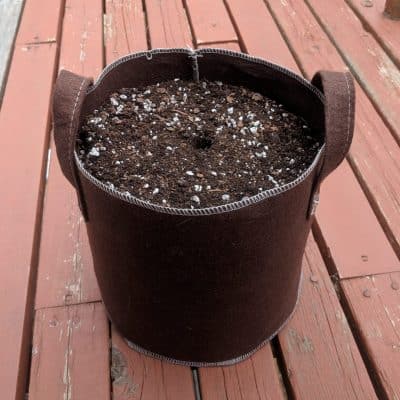
Cannabis grown in soil offers many benefits over alternative methods, especially for new growers. Soil is much more forgiving than soiless mix or hydroponics. Cannabis evolved to grow in soil, so why complicate things?
The three major considerations for the soil to use for growing cannabis are drainage, its pH, and the materials that its made up of.
Soil is where your roots breathe and feed on water and cannabis nutrients. When attempting to grow your own marijuana plants it’s is good to have an understanding of what separates the best soil for weed from bad marijuana soil. Let’s go through the building blocks to make the best possible soil for cannabis.
What’s the difference between soil and soilless mixes?
Soil is made up of many different materials but mostly plant matter at some stage of decomposition. Think about what you would find digging up soil in the woods. Years and years of decomposed leaves, twigs, bugs, droppings, minerals, etc…. All sorts of stuff that make up the composition of natural soil.
It’s a bad idea to use just any random dug up soil to grow cannabis plants because it could contain any number of contaminants or living pests. There are plenty of commercial soil mixes you can buy that are much safer to use for growing cannabis and contain more of the “good stuff” that helps plants grow.
Soilless mix refers to medium like coco coir (ground up coconut husks), peat moss, and rockwool. In most cases, these mediums are inert and contain very little else besides one material. Growers using these mediums must add nutrients since there really aren’t any available in the mediums themselves. There are benefits to using soilless mediums like faster drainage and fewer pests.
Some growers will take the best of both worlds approach and combine the two. Most potting soils do this as well by mixing organic plant compost, peat moss, and perlite.
Learn to Grow Better Weed
Download our free guide to growing amazing cannabis at home.
Click Here For More Info
Soil Texture and Drainage
All good soil starts with the right texture.
The right texture will allow your roots to grow freely and allow water to drain through efficiently. Big clumps of matter, stones, and over packed soil will work against your root systems.
In general, the best soil for cannabis should be “crumbly”. A method to check for good soil texture is to pick up a handful of moist (not soggy) soil and give it a squeeze. It should barely stay together and have a spongy feel. Sandy soils will wash away over time and soils with clay will hold too much water.
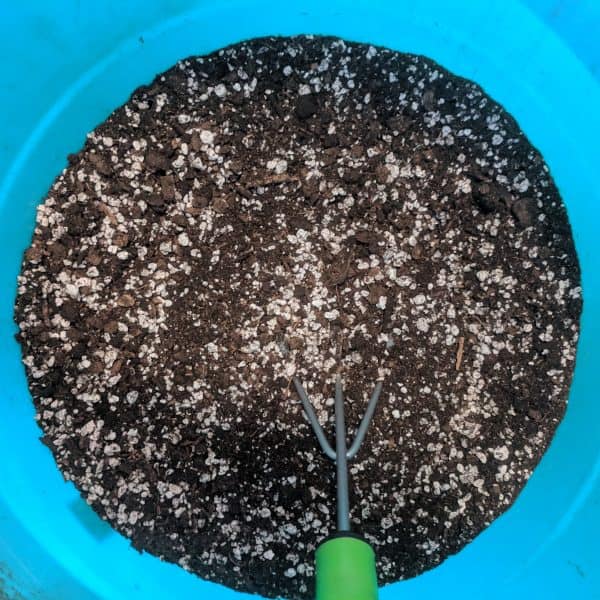
Homemade potting mix with perlite, worm castings, potting soil, and Reefertilizer Start
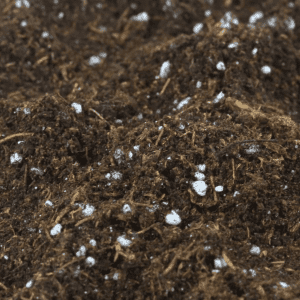
A coco and soil potting mix. The small fibers you see are parts of the coconut husk.
Bad drainage means roots will be submerged in water for long periods, this makes for sad suffocated roots. Cannabis plants like to get a little dried out before every watering or feeding.
Here’s an example of what you don’t want your soil to look like.
Dense, muddy soil is no good for cannabis roots. This plant was transplanted into this soil and was not happy about it. A transplant can help trigger growth, but if the roots can’t breathe or spread easily, growth will slow down and shock the plant.
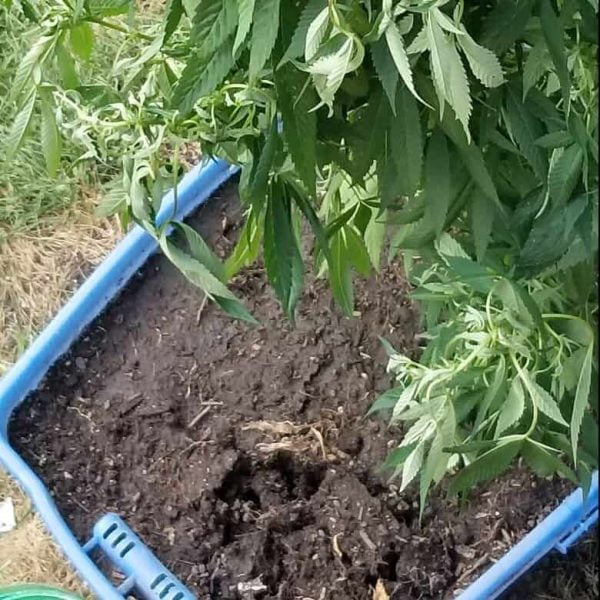
Cannabis Soil Amendments
Beneficial things you add to soil are called amendments. One you will want to use is perlite. Perlite is a inert mineral that is full of tiny holes. These little white rocks will help hold air and water in the soil, letting your roots breathe and prevent them from drying out. They are usually added to most store bought potting mixes already, but I like to add more.
Reefertilizer Start is another important amendment, it contains a renewable compost made from water hyacinth and mycorrizae; a fungus that grows symbiotically with root systems.
Adding coco coir will increase drainage speed but reduce the amount of nutrients held inside the soil. Better drainage is helpful if your pushing nutrients and need to flush the soil in case of overfertilization.
Soil pH
Marijuana plants flourish when the soil pH is between 6 and 6.8.
Maintaining the pH in soil is much easier than any other growing medium. Things like manure and compost in your soil will act as a buffer and help keep the pH in the optimum range. When feeding your plants, make sure the solution your adding is also in that range.
The pH of most commercial potting soils falls into the range of 6-7. It’s easier starting with soil in that range than trying to adjust the soil after with commercial products. Measuring and recording the pH yourself is a crucial skill to avoid any problems before they become worse. An incorrect pH may result in symptoms of nutrient deficiencies. This is called “nutrient lockout”. Your plant won’t be able to absorb certain nutrients if the soil is too acidic or basic.
There are many tools to measure the pH of the soil or feeding solution, some work better than others. Sometimes it can be hard testing the pH of runoff water with a litmus or similar test because the water won’t be clear. Because of this, digital pH meters are a good tool to have around. Digital meters work by testing the runoff water and displaying its pH level on an LCD screen. We offer a simple cheap digital pH meter in our store. Maintaining the pH level of your soil will facilitate the efficient uptake of nutrients in the roots from the soil.
Using coco coir in soil will lower the optimum pH range to something similar to hydroponics. Something you should be aware of if you planning on using a soil and coco mix
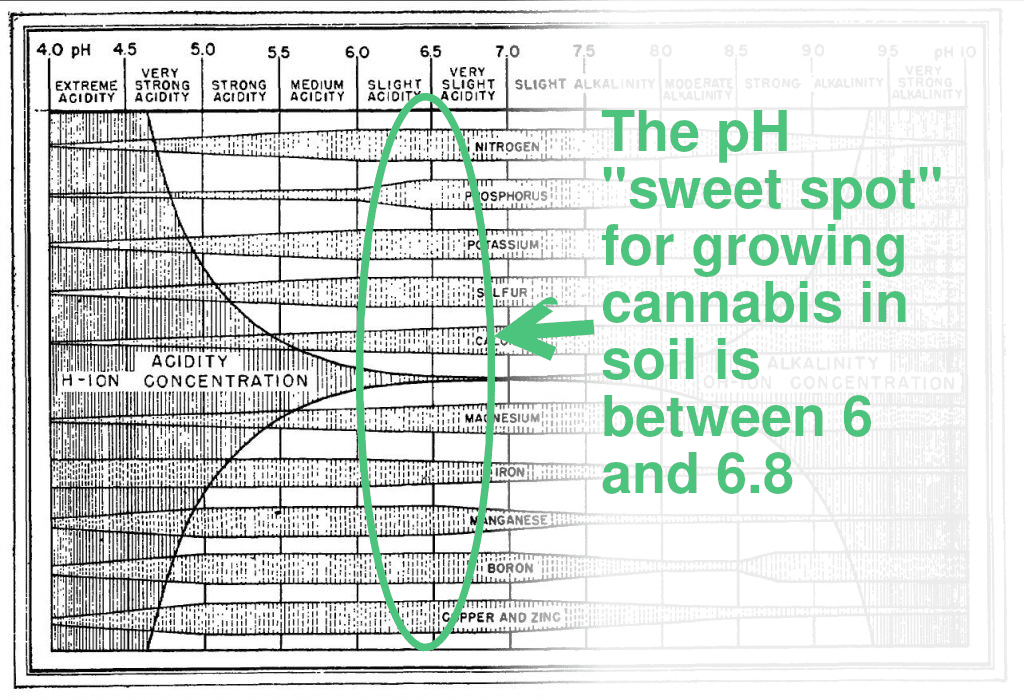
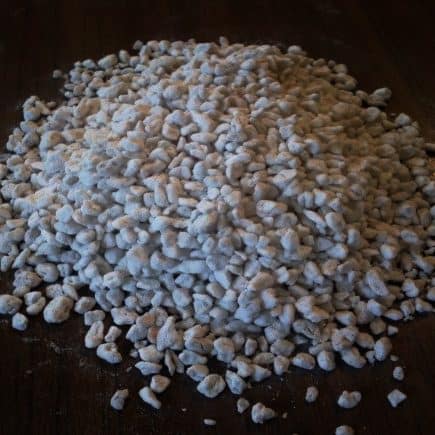
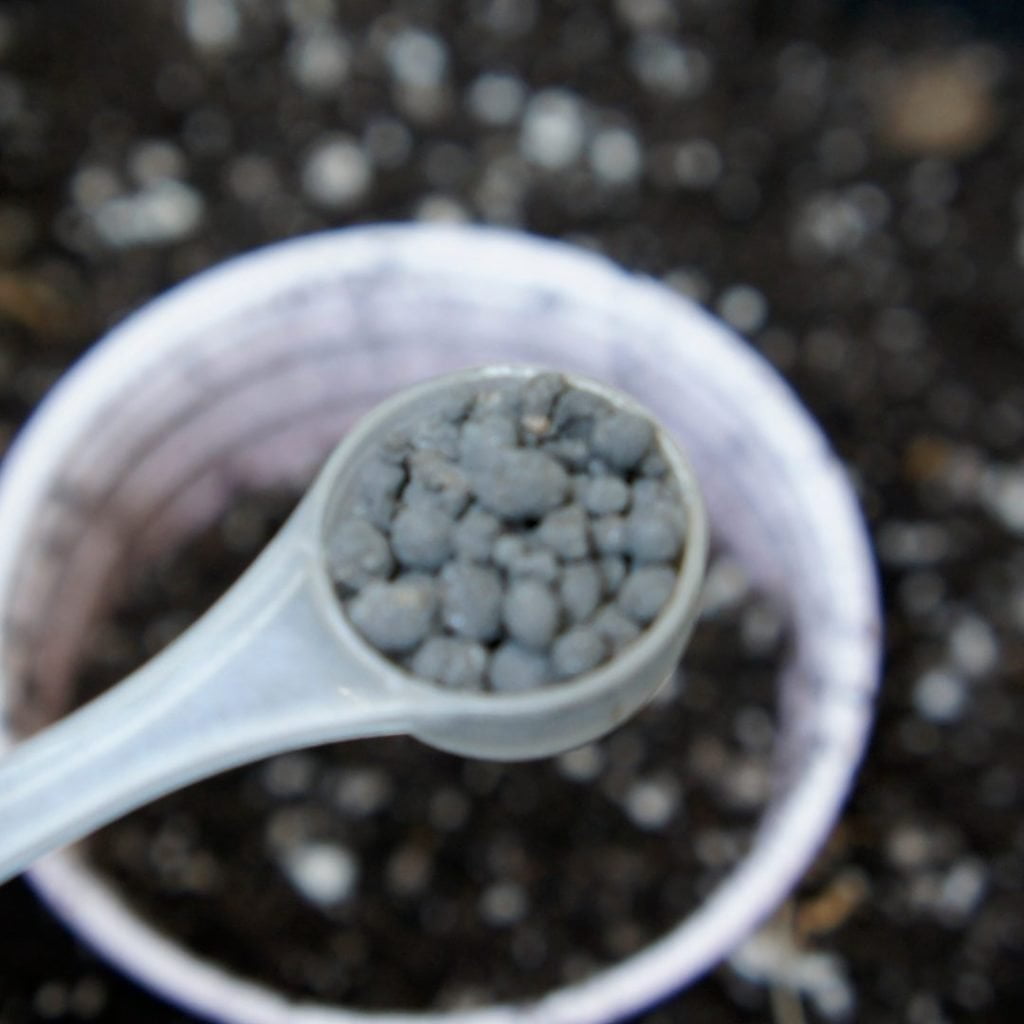
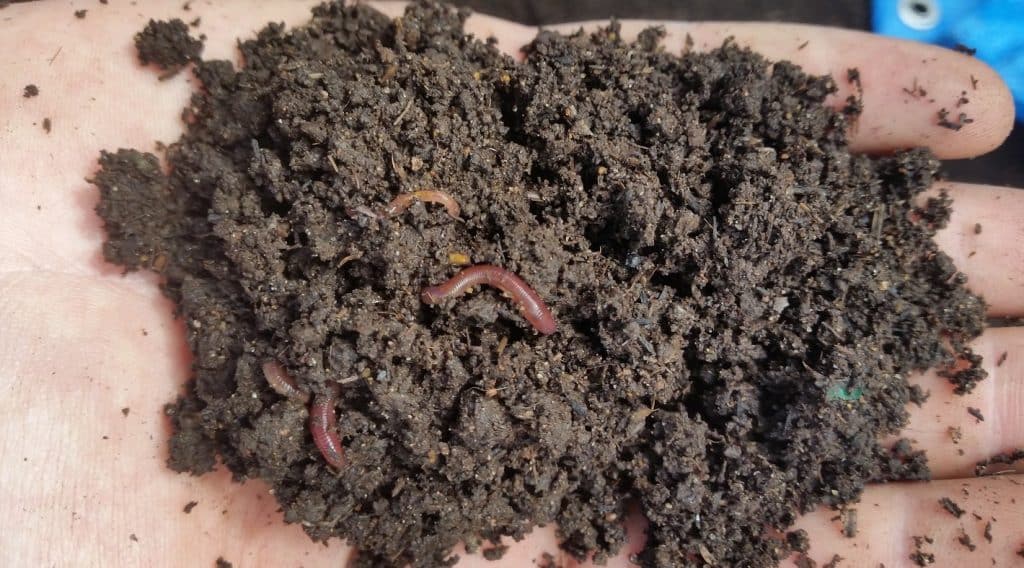
Compost and Other Amendments
Nutrients in the soil will play a big factor in the success of your plants. Adding things like worm castings, manure and compost can really help your plants grow. These additions contain elements like phosphorus, potassium, and nitrogen and are slowly released over time when your plants need them.
A fertilizer like Reefertilzer is made with chelated salts. Don’t be confused by the word salt though, it has nothing to do with table salt, chelated salts allow base elements to become water soluble. The nutrients are immediately available to root systems and can be flushed out in the case of overfertilization. Reefertilizer will help the plant grow quickly while the composts in the soil help make up the difference between feedings and avoid nutrient buildup.
Inert substances like perlite help the texture of your soil by holding water and air. Many growers will add mycorrhiza, a fungus, to their soil mixes. Because of mycorrhiza’s ability to help protect roots and enhance their ability to take in water and nutrients, it has been a popular addition in the last few years. Products like Reefertilizer Start nutrients contain Mycorrhizal spores as well as organic kelp meal, it makes a great addition to soil mixes when used correctly.
There are lots of things that you can add to the soil to help improve your crop. Looking online for what other growers do and be quite interesting. My father swears by adding eggshells to his soil mix.
The Best Soil Mix for Growing Weed
So what type of soil mixture should you be using for your cannabis plants? Most growers usually create their own special mix of soil, compost, and amendments that works best for them. As an example, on my last grow I used a soil mix that contained half potting soil and half sheep manure. I also added perlite and Reefertilizer Start soil nutrients. Each one of these ingredients affects the soil texture, nutrient content, and its ability to keep the pH balanced. When working on your own soil mixes remember to take into consideration the three most important factors: Texture, pH, and nutrient content. Experiment to find your best soil mix for marijuana plants.
For beginners, I like to recommend a very simple mixture that isn’t complicated and all the materials are easy to find at any garden center.
Basic Cannabis Soil Mix
- 2 Parts Potting Soil of your choice (Any basic potting soil should do the trick but avoid Miracle-Gro)
- 1 Part Organic Compost (worm castings and sheep manure are good choices)
- 1 Part Perlite
- Reefertilizer Start
Mix up the potting soil, compost, and perlite really well. You also need to add a little bit of water. The soil should be moist enough that it feels spongey when you squeeze your hand around it but not dripping wet
Reefertilizer Start is best used right around the root system. Apply 4 scoops into each hole where you will transplant your seedlings. Reefertilizer Start can also be used as a top dressing too, 4 scoops around the base of your plant will help inoculate your roots with mycorrihizae.
Coco Soil Mix
Coco coir is a great alternative to using peat moss. Since coco is made from ground up coconut husks and is much more renewable than harvesting peat moss.
Coco has wonderful water retaining properties but can also be flushed easily. It is light and airy which is perfect for roots.
One downside is that most forms of coco coir need to be treated before using with cannabis plants. You can learn how to rinse and buffer coco coir here. Coco coir also has no nutritional value so you will need to add fertilizers or organic soil amendments to your mix. This recipe takes this lack of nutrients into consideration.
Basic Coco Mix For Cannabis
2 Parts Rinsed and Buffered Coco Coir
1 Part Perlite
1 Part Natural Compost
Mix these ingredients in a large container then add it to your planters or starter pots. The compost you use can be sourced from well-decomposed garden waste and food scraps. If you can find any at a local garden center, friend/neighbour, or nearby farm, you can use manure.
Add Reefertilizer Start directly to the starter pots or add it before transplanting. Mycorrhizae will grow in coco as well. You will save time and money but adding your mycorrhizal spores close to the roots instead of the entire soil mix.
Thanks for reading! If you have any comments or suggestions please make one below. Reefertilizer is more than just a fertilizer company, we hear to help you succeed. Our goal is to normalize weed so that everyone can benefit from this amazing plant. If you found this article helpful, please share it with your friends!
Cheers!
Mike Drouin
If you want to learn even more about growing good cannabis, we offer a free 40+ page guide full of images.
Now available on Amazon.
Sign up for our newsletter and download the digital copy today!
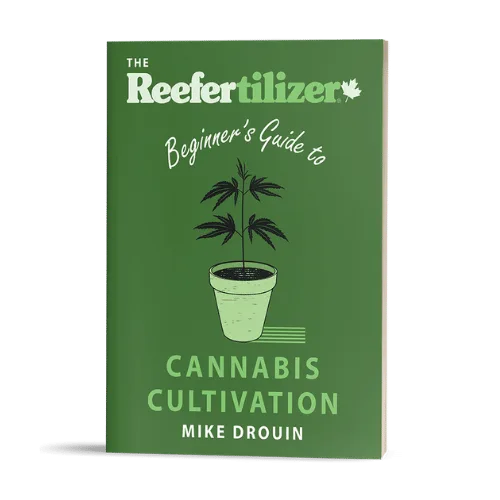
This guide will answer many questions about growing cannabis, like the following...
Selecting Seeds
Identify and Correct Problems
Maximize Yield
Much More...
Get a Chance to INSTANTLY WIN a Reefertilizer Nutrient Kit When You Sign Up.
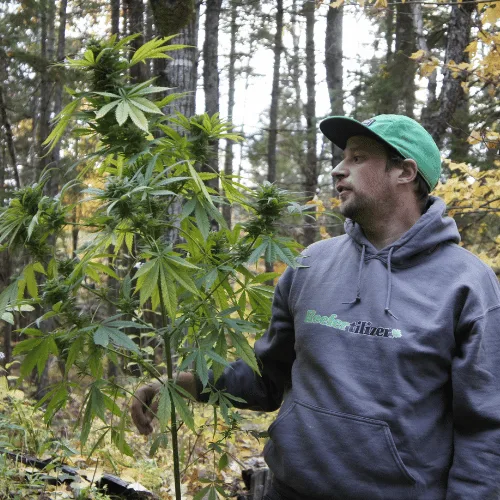
Mike Drouin is the co-founder of Reefertilizer. He’s an experienced craft cannabis grower and a writer of many articles regarding the process. Mike lives on Vancouver Island and enjoys cycling and camping and will sometimes combine the two.

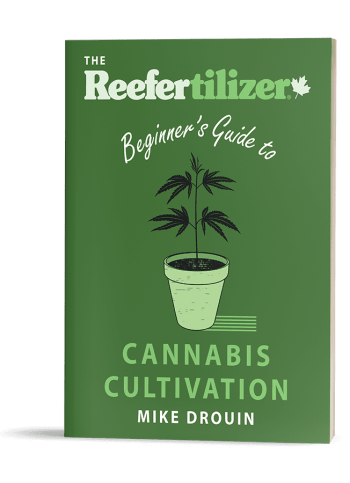
Comments are closed.